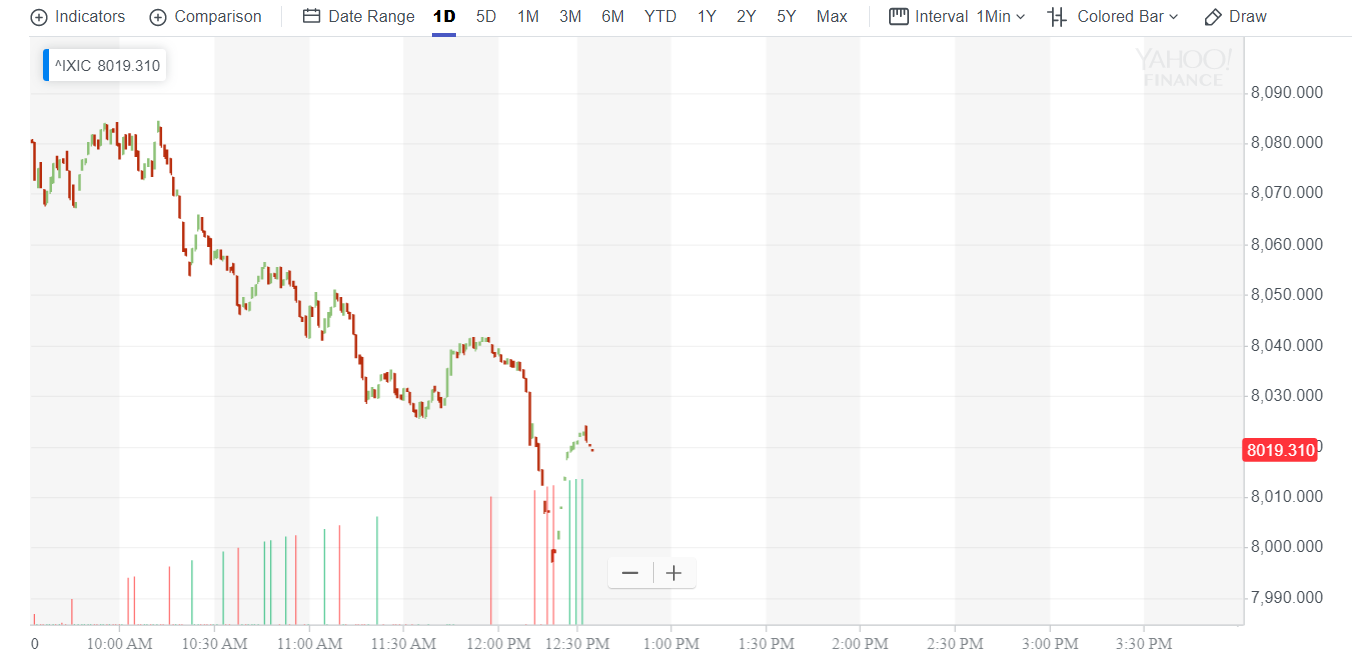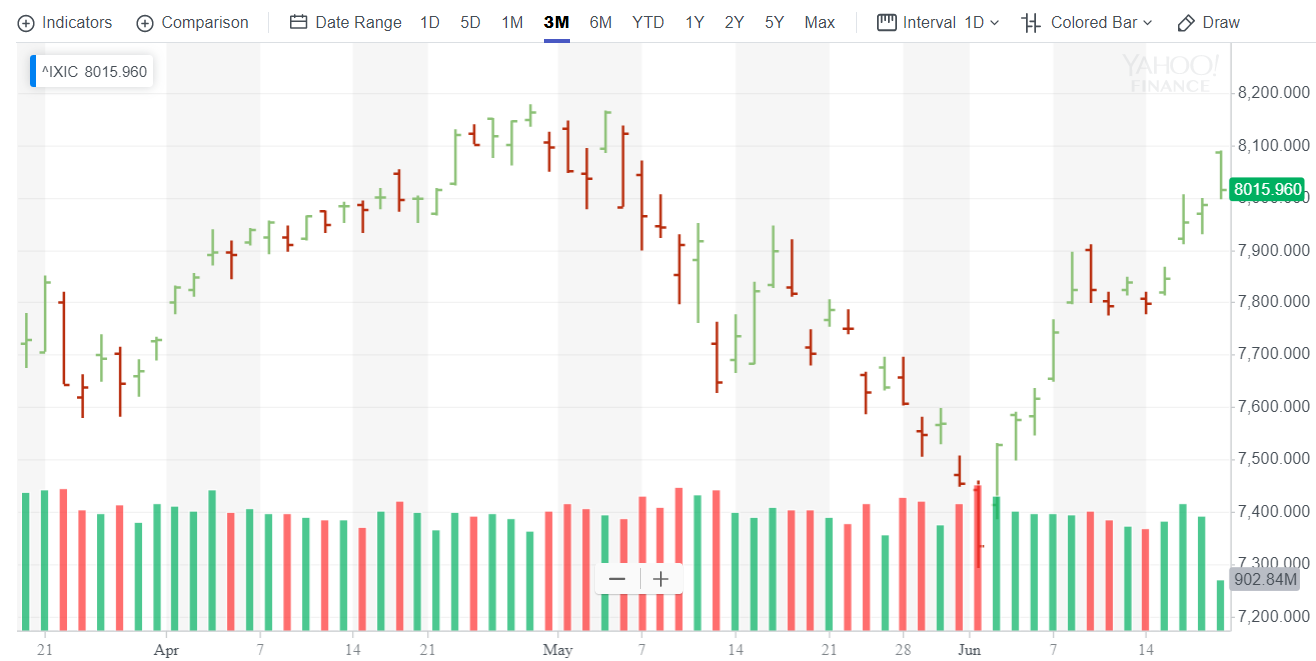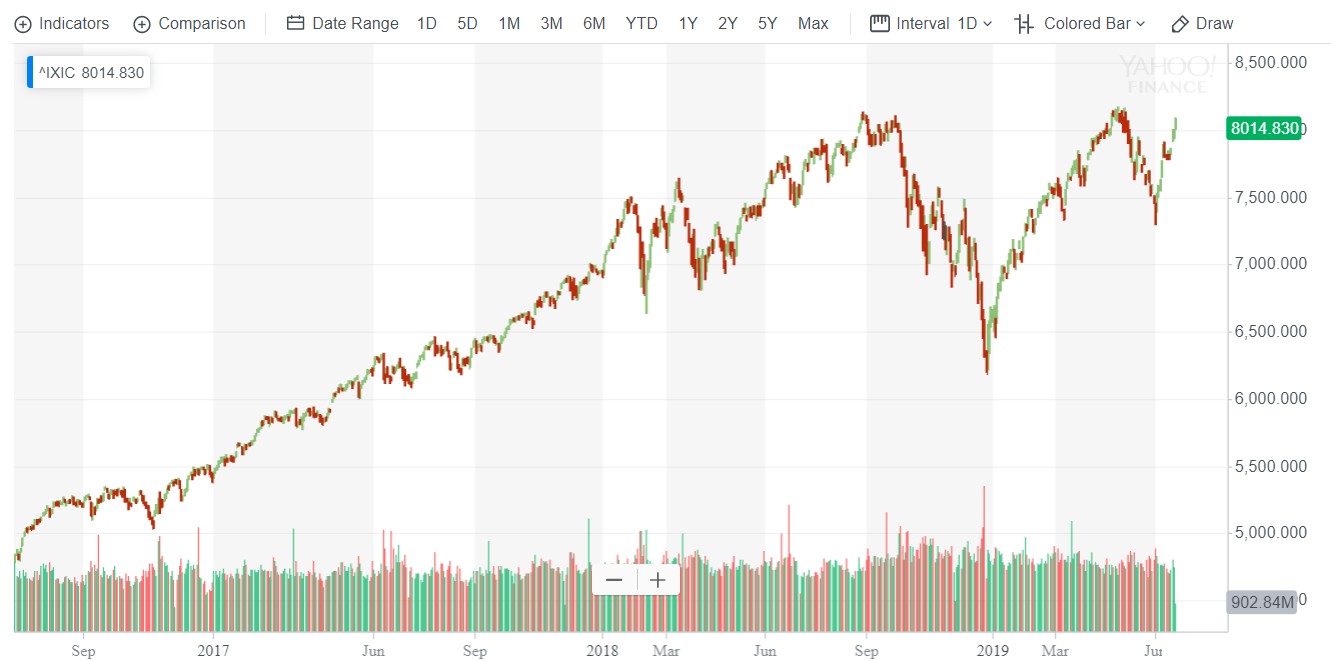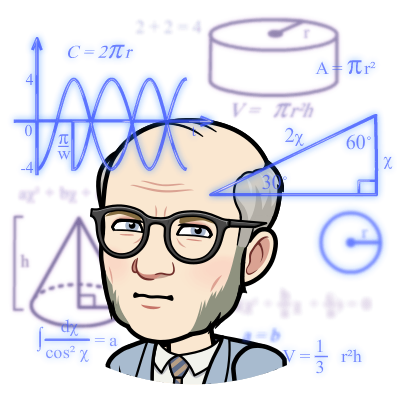When we publish the signals coming from the HST model sometimes we get disappointed comments about them, as "How can it be Long? the market is crashing" or - after few days - "Now it's too late to go short or cash, the pullback is over"
Every opinion is respectable (though not valuable), but we trust more our model, especially when you know for whom it is designed.
Specifically, many traders simply fail to consider what is the time frame we/they are interested about.
For example
Today 20th June 2019, the HST model suggests to be 100% Long.
a. Here is today's chart of Nasdaq. It looks very bearish, doesn't it? So why is the HST model still bullish (100% Long with $TQQQ)?

b. Let's change the time frame from 1 minute to 1 day. Seems we are in a lateral phase, with a late recovery. So why the model is 100% Long?

c. Let's open the window even more on a weekly chart: the Nasdaq is at the top of a gigantic bull market. Here's why the HST model is bullish now.

d. Here are the positions kept by HST model during same period: see how it was able to avoid the worst part of the late 2018 drop.
But there's more: the HST model incorporates not only Technical indicators, but also Fundamentals. It is designed to drive the investors to long-term gains. The model reacts in days / weeks, not in minutes or hours.
Is that the right strategy? Could other models perform better using shorter time frames?
Maybe.
In our experience short-term traders risk a lot more, they make hundred trades per year, and they usually average big gains and big losses. They made of trading their profession.
We've also tried and followed many services selling signals on individual stocks or ETFs. But we have backtested them, and found that they never beat the Buy and Hold strategy.
In other words, you look for the "right stock to buy, in the right moment", you pay for that service and after one year, your performance is less than having entered Long one year ago, and forgotten the investment.
The HST model is not like that.
- The "HST guy" is not sitting in front of a PC the whole day. He/she needs a consistent signal about when to enter and when to exit from the market
- He/she is not a professional trader, but wants to beat the "Buy&Hold" strategy.
- He/she looks for capital growth, but wants to sleep well at night. This is very important, because
The Buy and Hold strategy can give interesting yields (Nasdaq has given an annual average of 9,2% in 1971 - 2019), but also show scaring drawdowns, like -55% on 2009 -78% in 2002!
It is much more impressive if we compare in period 1971-2019 a Buy&Hold strategy on Nasdaq (grey line) with the HST model applied with non-leveraged ETFs (blue line).
Note as the performance of the HST model after 48 years is much better (17.1% vs 9.2%).
But the big difference is in drawdowns. This is why the "HST guy" sleeps well at night.
You might be wondering what are the other lines, with impressive yields. They are different applications of the HST model using leveraged ETFs. Since the model was able to avoid the big drops and bear markets, it is reasonable to apply more risky financial means to magnify the yields.
We will come back to this picture to analize it more, in many following articles. Stay tuned.

[Note: vertical scale is logaritmic!]

